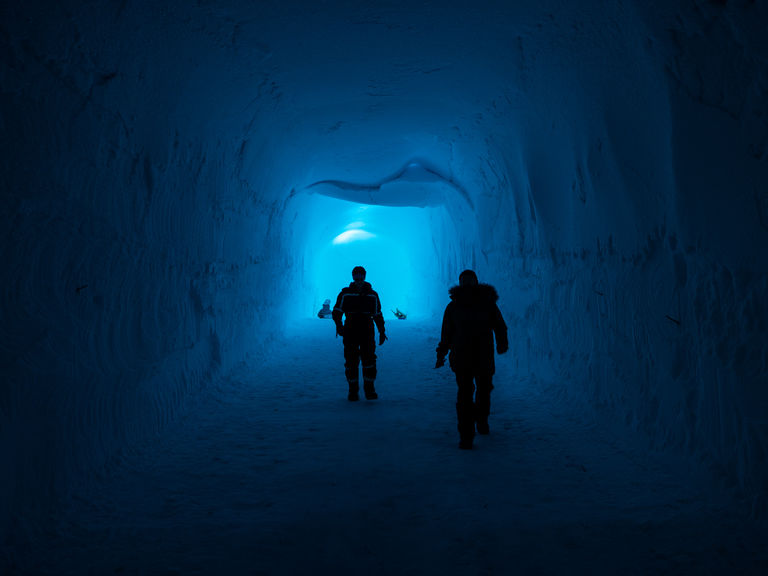Project Detail: Ice Cores - the future and the past
Contest:
Swiss Storytelling Photo Grant 9th
Brand:
LuganoPhotoDays
Author:
Lukasz Larsson Warzecha
Status:
Selected
Project Info
Ice Cores - the future and the past
Ice cores provide direct information about how greenhouse gas concentrations have changed in the past, and they also provide direct evidence that the climate can change abruptly under some circumstances.
Since the 1960s, scientists have drilled ice cores from the polar regions, North and South America, and Eurasia. Ice cores provide direct information about how greenhouse gas concentrations have changed in the past and provide direct evidence that the climate can change abruptly under some circumstances.
Interpreting past atmospheres, climates, and landscapes means finding a trusty repository of those data. The further back in time the repository reaches, the better.
Ice-drilling operations usually look for a record of snowfall arranged in neat layers, uninterrupted by glacier flow, with the newest layers on top and the oldest layers on the bottom. Scientists can date the ice by counting layers (like counting tree rings), chemically analyzing ice composition, modelling ice movement, or correlating with other paleoclimate records.
Palaeoclimatology relies on ice cores, piecing together all the evidence to produce a picture of a planet that was often much hotter than today but was cooler than the present climate for most of the last 11,000 years. Ice cores also show that current carbon dioxide concentrations are now higher than they have been for hundreds of thousands of years, and the higher concentrations are driven by human burning of fossil fuels.
The most recent ice core from EastGRIP is 2,670 meters, dating back 120,000 years, providing scientists with new knowledge of ice-sheet dynamics and how fast-flowing ice streams will contribute to sea-level rise. The newly gained knowledge about ice stream dynamics will undoubtedly change climate models because it changes our basic understanding of how ice moves.


















